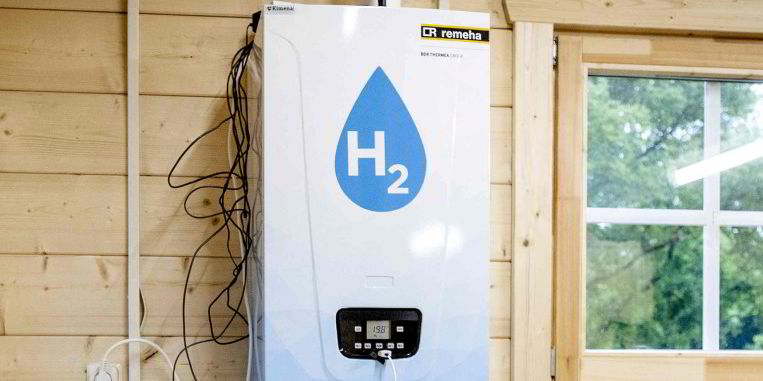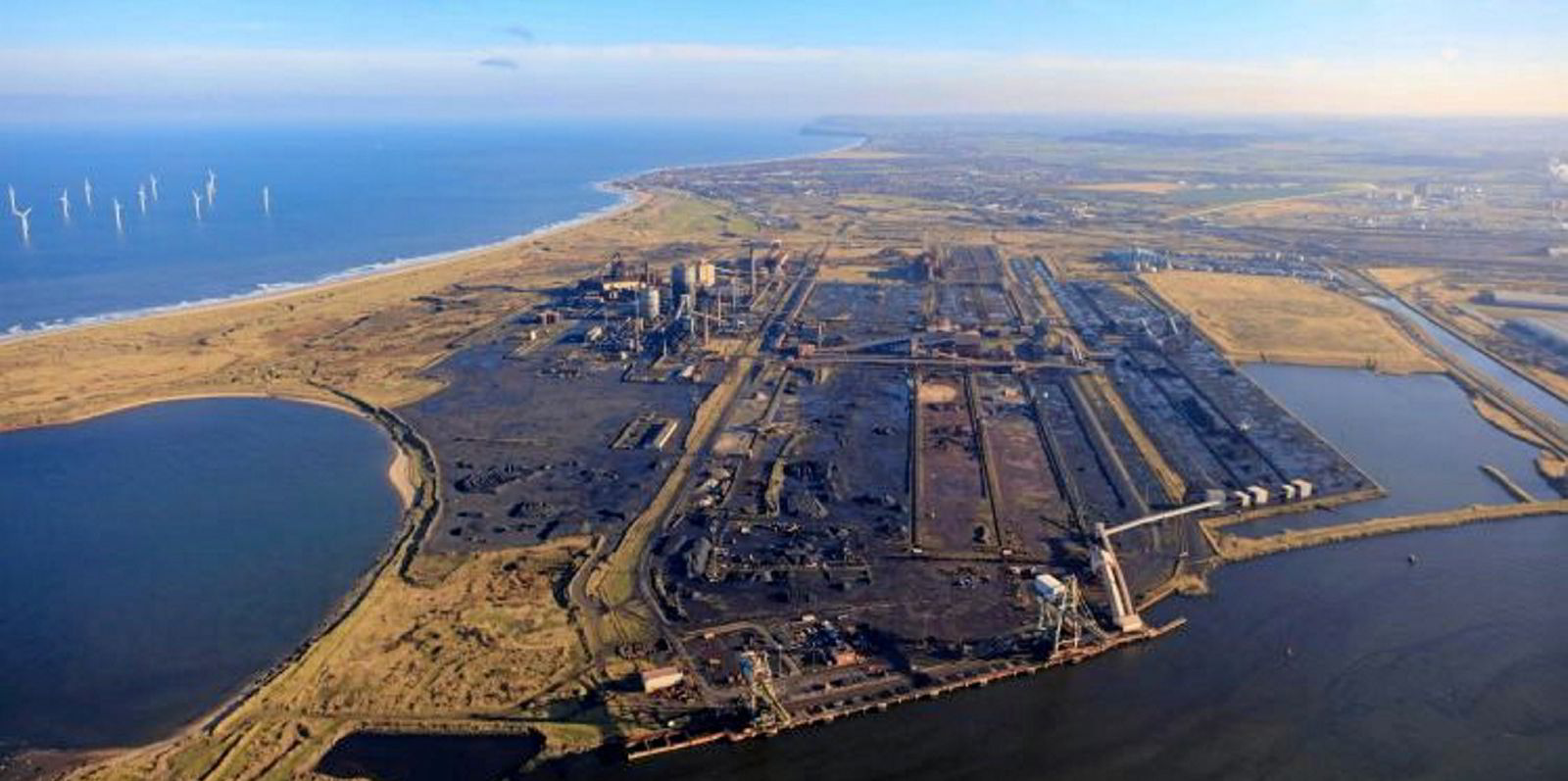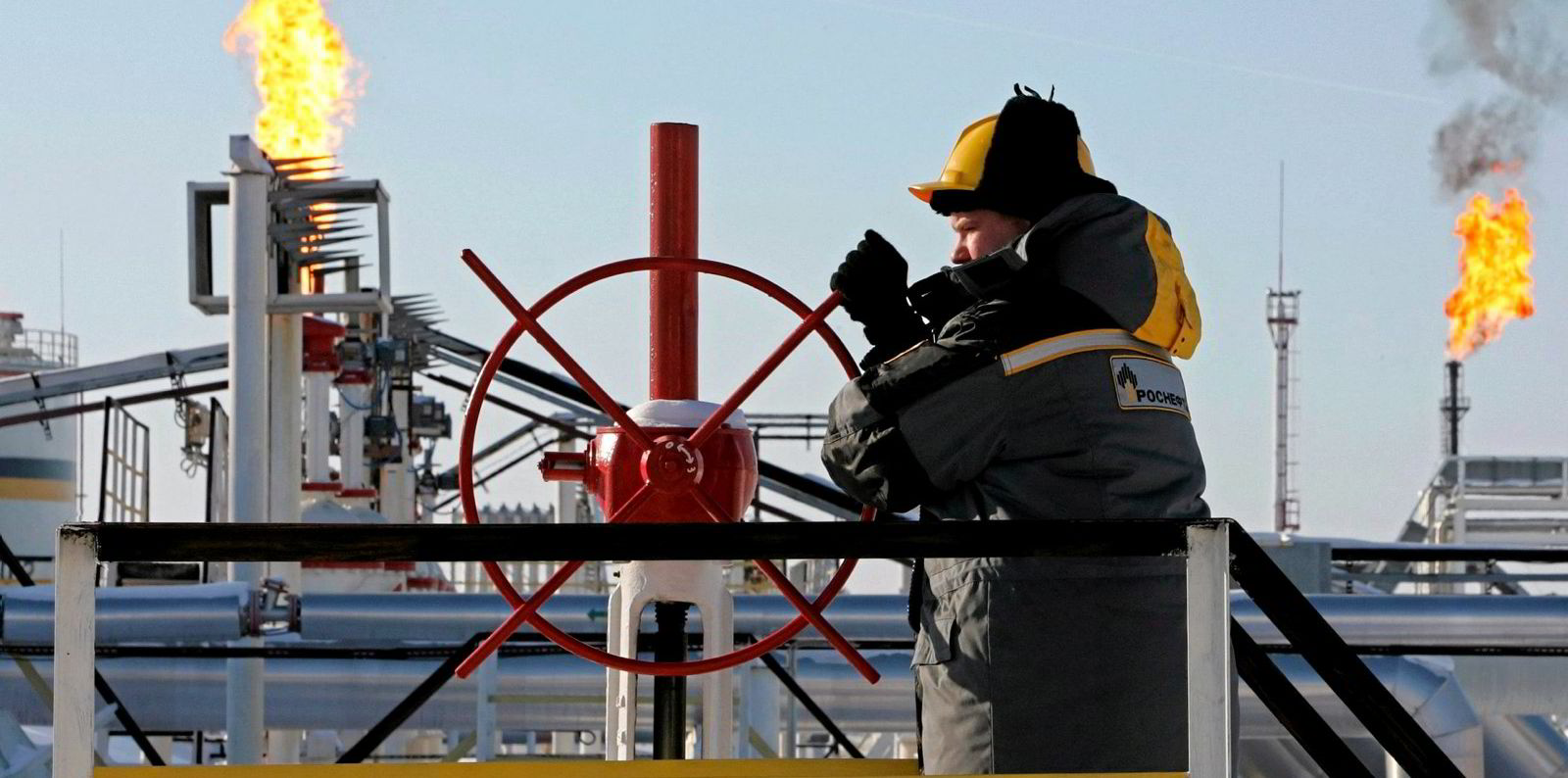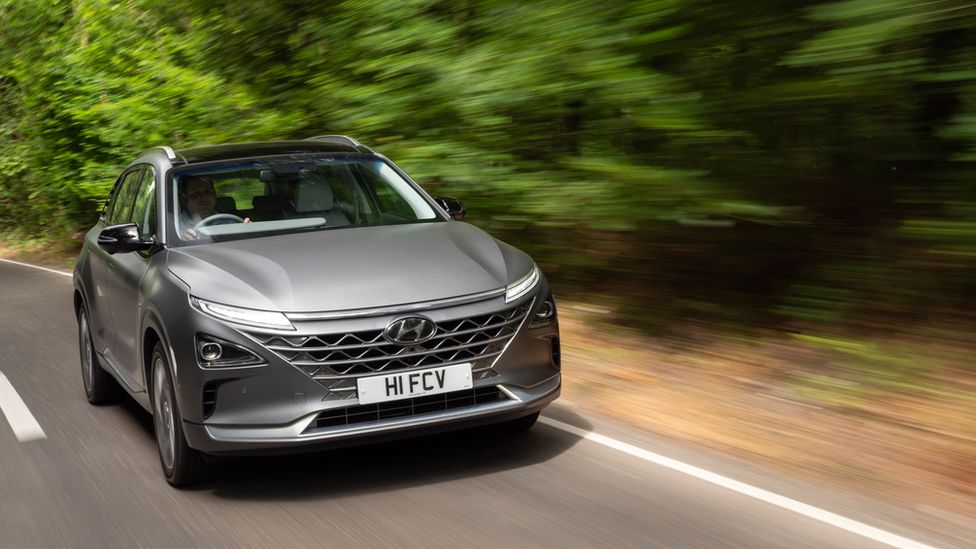
Hydrogen Strategy | Four key takeaways for civil engineers
17 AUG, 2021 BY CATHERINE KENNEDY
The UK’s first-ever Hydrogen Strategy has been released today.
The plan drives forward the commitments laid out in prime minister Boris Johnson’s ambitious 10 Point Plan for a green industrial revolution, setting the foundation for how the government will work with industry to meet its ambition for 5GW of low carbon hydrogen production capacity by 2030.
This could replace natural gas in powering around 3M UK homes each year as well as powering transport and businesses, particularly heavy industry.
Here are four key takeaways for civil engineers:
Technologies
The Hydrogen Strategy outlines a ‘twin track’ approach to supporting multiple technologies including ‘green’ electrolytic and ‘blue’ carbon capture-enabled hydrogen production, and committing to providing further detail in 2022 on the government’s production strategy
Infrastructure
A review will be undertaken to support the development of the necessary network and storage infrastructure to underpin a thriving hydrogen sector
Action plan
A hydrogen sector development action plan will be launched in early 2022 setting out how the government will support companies to secure supply chain opportunities, skills and jobs in hydrogen
Government support
The strategy also details further support the UK government is providing for hydrogen projects, including:
£240M Net Zero Hydrogen Fund to support new hydrogen production projects
Up to £60M through the Low Carbon Hydrogen Supply 2 competition to support innovative hydrogen production, transport and storage technologies
Up to £183M for transport decarbonisation, including trials and roll-outs of hydrogen technologies for buses, HGV lorries, shipping and aviation. This will include:
up to £120M this year through the Zero Emission Bus Regional Areas (ZEBRA) scheme towards 4,000 new zero emission buses, either hydrogen or battery electric, and infrastructure needed to support them
up to £20M this year to design trials for both electric road system and hydrogen long haul heavy road vehicles (HGVs) and to run a battery electric trial to establish the feasibility, deliverability, costs and benefits of each technology
up to £20M this year for the Clean Maritime Demonstration Competition
up to £15M this year for the ‘Green Fuels, Green Skies’ competition to support the production of first-of-a-kind sustainable aviation fuel plants in the UK
£3M this year to support the development of a Hydrogen Transport Hub in Tees Valley, and £4.8M (subject to business case) to support the development of a hydrogen hub in Holyhead, Wales
A booming, UK-wide hydrogen economy could be worth £900M and create over 9,000 high-quality jobs by 2030, potentially rising to 100,000 jobs and worth up to £13bn by 2050. By 2030, hydrogen could play an important role in decarbonising polluting, energy-intensive industries like chemicals, oil refineries, power and heavy transport like shipping, HGV lorries and trains, by helping these sectors move away from fossil fuels. Low-carbon hydrogen provides opportunities for UK companies and workers across our industrial heartlands.
With government analysis suggesting that 20-35% of the UK’s energy consumption by 2050 could be hydrogen-based, this new energy source could be critical to meet targets of net zero emissions by 2050 and cutting emissions by 78% by 2035.
The government has also launched a public consultation on a preferred hydrogen business model to overcome the cost gap between low carbon hydrogen and fossil fuels, helping the costs of low-carbon alternatives to fall quickly.
Business & energy secretary Kwasi Kwarteng said that today "marks the start of the UK's hydrogen revolution".
"This home-grown clean energy source has the potential to transform the way we power our lives and will be essential to tackling climate change and reaching net zero," he said.
"With the potential to provide a third of the UK’s energy in the future, our strategy positions the UK as first in the global race to ramp up hydrogen technology and seize the thousands of jobs and private investment that come with it."
Energy & climate change minister Anne-Marie Trevelyan added: "Today’s Hydrogen Strategy sends a strong signal globally that we are committed to building a thriving low carbon hydrogen economy that could deliver hundreds of thousands of high-quality green jobs, helps millions of homes transition to green energy, support our key industrial heartlands to move away from fossil fuels and bring in significant investment."
Reaction
Energy and Climate Intelligence Unit analyst Jess Ralston
“A strong hydrogen economy in the UK could cement our place as a green industrial leader if the right action is taken early. The fuel could be very valuable for cleaning up steel production and protecting jobs in this industry – crucial when Europe is already steaming ahead with 23 hydrogen steel plants when we have none. But some questions remain over whether the government has truly grasped which areas will be most suitable for hydrogen use and which will not.
“For example the case for hydrogen for home heating is far from proven, particularly hydrogen derived from fossil gas rather than from renewable energy. After all, any remaining fossil gas with a hydrogen blend in the grid is just not compatible with net zero and it’s not yet clear how effective hydrogen will be, nor how much it will cost.
“The government should also be alive to the risk of gas industry lobbying causing it to commit too heavily to blue hydrogen and so keeping the country locked into fossil fuel based technology, making reaching net zero more difficult and costly. Instead, focussing on green hydrogen could unlock the our full industrial potential, bringing with it lifelong jobs in places like the North East, supporting both the government’s climate goals and its levelling up ambitions.”
Ramboll UK energy market director John Mullen
“What this strategy will finally deliver, and what is really needed, is the business assurance that investment in hydrogen infrastructure and technology is a good bet. Hydrogen presents us with an excellent opportunity to repurpose and make use of existing infrastructure already in place for fossil fuels to support a burgeoning new frontier in the UK energy sector.
However as a developing market the government should be seizing the opportunity by providing investment and the development of a concrete action plan now, rather than making us wait until 2022. Transitioning away from gas will require investment, and we need to ensure the support is there for upskilling and learning if we are to reach their 2030 goals. Effective regulatory frameworks and financial incentives are also needed for hydrogen to work in synergy with existing technologies”
“Hydrogen is often presented as a silver-bullet solution to the UK’s carbon and climate concerns, but relying on it alone will not solve the UK’s challenge when it comes to the challenge of meeting Net Zero. Although a key part of the puzzle for parts of the energy industry, it will only hold around 5-10% of the UK’s energy mix and we cannot take our eye off broader investment and support for renewable energies.
“There are also still distinct challenges to overcome and the ‘twin track’ approach will need to be closely monitored as Blue Hydrogen and Carbon Capture are incredibly inefficient processes at present and the only justification for their use is to allow for the transition to a green hydrogen world. Blue hydrogen could be used to support business cases to implement new Hydrogen infrastructure, however the government needs to put a cap on the greenhouse gasses produced and place a deadline for the end of all blue hydrogen production in the next 10 to 15 years.”
Hydrogen Taskforce Secretariat co-lead Clare Jackson
“Today’s Hydrogen Strategy is a landmark moment for the sector. By setting clear direction for the development of the hydrogen sector, it offers a framework which will enable businesses to invest in hydrogen projects.
“This is a vital first step towards unlocking hydrogen’s huge potential for the UK but there is still much to be done to scale up hydrogen solutions. As our research has shown, hydrogen has a crucial role to play in decarbonising industry, generating power, transport and heating homes, while boosting job creation, sustaining local industries and supporting UK innovation in energy.
“We look forward to seeing further crucial steps towards this low carbon future, such as implementation of the Government’s proposed business models for hydrogen. The Taskforce and its members are ready to deliver the vision for a low carbon UK detailed in the Hydrogen Strategy.”
HyNet North West project director David Parkin
“Industry across the UK’s North West industrial heartland is crying out for low carbon hydrogen so we welcome the promise of more support. HyNet is driven by demand from organisations across the region who are committed to the decarbonisation of their processes. This includes over 20 major industrials, many of whom are households names, who have signed up to switch to HyNet hydrogen, replacing the natural gas fossil fuel they currently use to support the drive to net zero.
“We are working at pace. With initial engineering nearly completed on HyNet’s first hydrogen production plant at Essar’s Stanlow Manufacturing Complex, hydrogen production will begin as soon as 2025 and deliver up to 4GW of low carbon hydrogen by 2030 - nearly 80% of the UK target in the new hydrogen strategy. Large scale demonstrations of industrial fuel switching from natural gas will begin shortly with NSG Pilkington in the world’s first large scale glass manufacturing using hydrogen.
“The key now is for the government to build momentum by prioritising projects that are ready for development today. The sooner we get hydrogen to business, the better they can protect jobs and compete internationally while cutting emissions. The UK should seize the opportunity to lead the world in hydrogen as it did offshore wind.”
National Grid hydrogen director Antony Green
"The transition to a green economy will require a mix of technologies and hydrogen will play a vital role. This strategy signals the UK’s commitment to hydrogen and provides the certainty needed to boost consumer and investor confidence and support commercial solutions.
"Importantly, unlocking the potential of hydrogen as a clean energy solution requires significant pace and innovation to scale up production, and the guidance from government today will be key to triggering the investment and buy-in needed to achieve this."
Energy UK chief executive Emma Pinchbeck
"Hydrogen and CCUS are going to be incredibly valuable for sectors that will be difficult to decarbonise with electricity – and so we welcome that today’s Hydrogen Strategy takes an economy-wide approach to developing these innovative technologies.
"The UK has real potential for hydrogen and CCUS, both of which can deliver new skilled jobs, particularly in places where the UK already has a proud industrial and energy heritage."
National Infrastructure Commission chair Sir John Armitt
“This strategy provides a platform for hydrogen to take its place as part of the solution for decarbonising our economy. The proposed twin-track approach to both blue and green hydrogen development presents a realistic pathway to meet the breadth of potential uses across different parts of the economy including industry, transport and power. As recognised by government, it is vital that we concentrate on truly low carbon hydrogen production, and therefore the proposed development of technical standards is welcome.
“The big question is how to drive down the costs of hydrogen production, and its relationship with the low cost of natural gas. That will only happen by scaling up production, so alongside the positive measures to kick start the sector there needs to be a longer term funding model that provides investor confidence in the same way the UK has successfully achieved in the offshore wind sector. Government will also need to decide how best to ensure the cost of natural gas reflects the cost of carbon.
“Clarity on where the costs will fall in such a model, and how they will be distributed fairly, is needed soon in order to secure industry and public confidence and support.
“This strategy is an important milestone, and industry will now look forward to seeing details of the business model, funding mechanism and sector development plan in the coming months.”































